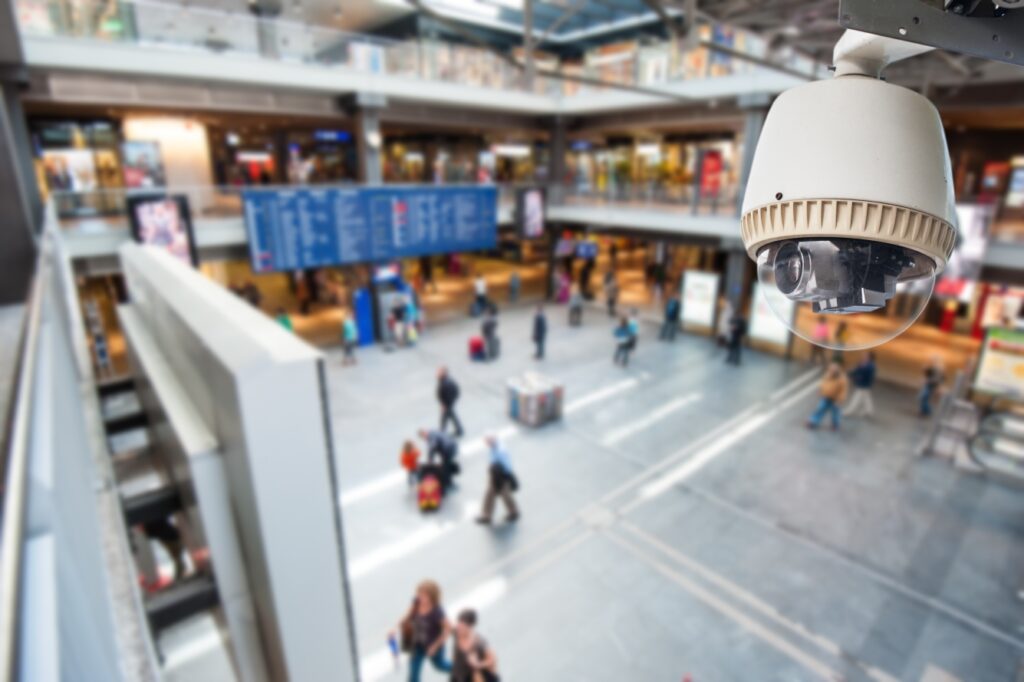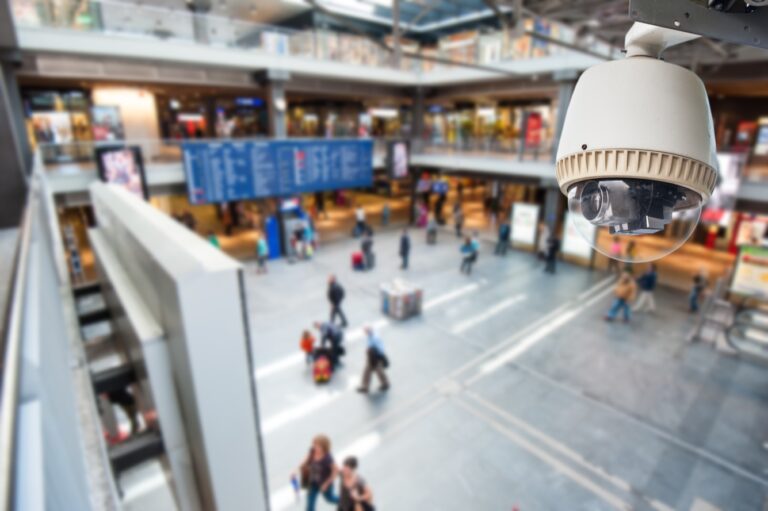David Fuller-Watts, CEO of Mallcomm, discusses the rising threat of retail crime and why collaboration and innovation are key to tackling it.

New data has shone the spotlight on retail crime reiterating the detrimental impact on workers, businesses and the wider industry.
According to the latest Office for National Statistics (ONS) figures, shoplifting offences recorded by police in England and Wales rose by 25% in the past year. Some 365,164 offences were recorded in the year to June 2023, up a quarter on the previous 12 months.
The figures follow the British Retail Consortium’s Crime Survey which revealed that in 2021/22, nearly £1 billion was lost to customer theft with eight million incidents. More than 300,000 workers suffered some sort of violence or abuse equating to 867 incidents per day.

According to the Association of Convenience Stores (ACS), incidents of anti-social behaviour are on the rise too making shopworkers and customers feel unsafe and threatened. This is not only a concern for smaller retailers but the landlords of retail destinations as well.
Larger scale thefts present another significant worry with organised retail crime (ORC) becoming a growing issue. In September 2023, Dame Sharon White, chair of John Lewis, cited ORC as the primary reason for a £12m year-on-year increase in stock “shrinkage”, most of which was because of shoplifting.
In the US, the retail industry is facing similar issues. In the National Retail Federation’s (NRF) latest National Retail Security Survey, more than two-thirds of respondents said they were seeing even more violence and aggression from ORC perpetrators compared with a year ago.
Joining forces
With retail crime worsening, new approaches to security are paramount.
Collaboration across the industry is key, not only to drive positive change at a government level, but to share the expertise, resources and data needed to better detect, deter and manage security threats.
Underlining the importance of this approach, 91 retail leaders have issued a joint letter asking the government to create a standalone offence of assaulting or abusing a retail worker, with tougher sentences for offenders. Additionally, they have demanded retail crime is given greater prioritisation by UK police forces.

Technology partners have a vital role to play too. As software advances, there is huge potential to support individual retailers and shopping centres with tools that will help to tackle retail crime.
While new technologies such as AI and facial recognition are making the headlines, it is the ability to communicate clearly and effectively that is essential to any strong security strategy. Retailers must be able to address safety and security incidents proactively, whether those involve shoplifting or a large-scale threat.
The ability to distribute critical information to the right people at the right time should not be underestimated. The swift transfer of this information through a digital channel will help to minimise the risk of disruption and potential harm.
From a monitoring perspective, digital technology also enables retail teams to analyse trends, vulnerabilities or other patterns. This powerful data can be used to develop or continuously improve security strategies.
Turning the tide
As highlighted by industry leaders and the latest statistics, the threat of retail crime is intensifying. While legislative change and policing priorities will make a difference, this won’t happen overnight. In the meantime, retail leaders must consider new approaches to security that could begin to reduce the threats.
Partnership working and innovation have a key to play. By working together, the retail industry and its technology partners can create a more secure and resilient future for all stakeholders.

For further information on how to proactively manage safety and security in retail environments, please visit: https://mallcommapp.com/solution/emergency-notifications/ or email
talktous@mallcommapp.com



